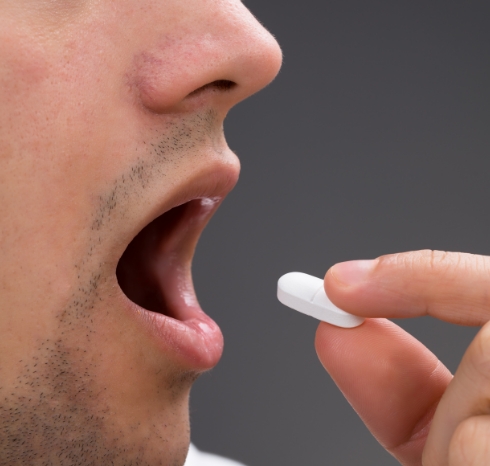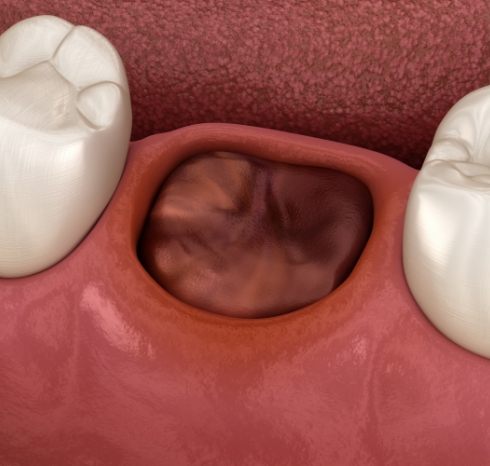After your treatment, you’ll need to adhere to our recovery instructions in order to heal quickly and without any complications. Below, we’ve provided you with some helpful tips to ease any discomfort you may experience, as well as an idea of what you can expect over the weeks following your procedure. If you encounter any issues or if you have any questions, feel free to contact Dr. De Simone directly.
You should refrain from driving an automobile or from engaging in any task that requires alertness for the next 24 hours. You should REST while making sure you start a prudent and nutritious diet; establish good pain management and a good pain medication regimen; and, control any bleeding.

Get Food—You should eat promptly following surgery. A drive-thru milkshake, protein shake, or smoothie usually works well for the drive home. Remove any gauze to eat or drink. Do not use a straw. You should eat liquid/mushy foods for up to 7 days following surgery (e.g., soup, broth, smoothies, mashed potatoes, pudding, yogurt, Jell-O, Ensure, ice cream, milkshakes, protein shakes, baby food, etc.). If you have to think about whether or not you should eat a food, make a different food choice.
Pick-up Prescriptions—Any prescriptions will be sent electronically to your pharmacy of choice. If for some reason you do not receive them, or if the pharmacy places them “on hold,” please reach out to Dr. De Simone directly.
Take Medications—Following your meal, you should start over-the-counter medications for pain control. Refer to your pain management card. If able, start with 600mgs of ibuprofen (Advil/Motrin). As illustrated on the card, other medications can be taken if pain is poorly controlled with ibuprofen alone, but ibuprofen is never skipped.
Control Bleeding—Keep your head elevated for several hours after surgery. Minimize talking. Do not suck or spit excessively. Place folded gauze over the extraction sites and maintain pressure by biting on the dressings for 20-30 minutes. Do not chew the gauze. Dressings should only be used if you are soaking them all the way through after each interval. If you are not saturating dressing all the way through after 20-30 minutes, simply remove them. Bleeding will be off-and-on the day of surgery. Overusing gauze to completely stop bleeding can actually cause further bleeding and a poorly-formed blood clot.



A dry socket is a term to describe an unpleasant, but not serious, post-operative condition or surgical side effect. It usually occurs 24-36 hours after surgery but can occur 48-72 hours later. An increasing amount of throbbing pain around the affected socket, which may radiate up to the ear or through the entire jaw, is an indication that you may have a dry socket. It is usually not accompanied by swelling or drainage from the extraction site. To alleviate the pain from a dry socket you may use the prescription pain medication. If it alleviates the pain then the dry socket is minor and will not require any additional treatment. If the pain medication does not affect the pain, you should contact Dr. De Simone. Dr. De Simone may determine to treat the dry socket at the office with a medicated dressing, which will help relieve the pain.

Here are six helpful ways to prevent dry socket from developing after your wisdom tooth extraction:
